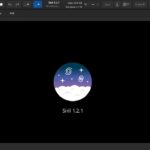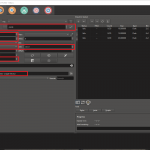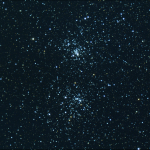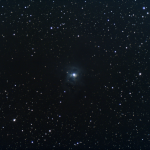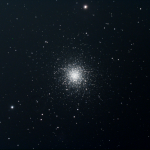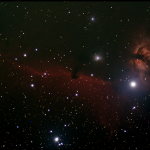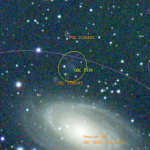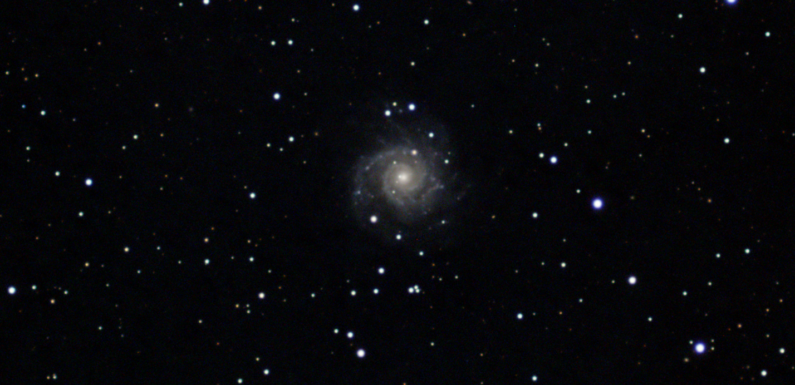
A very nice clear night. Temperatures in the mid-to-low 50s and a 34% waxing Moon. Hunted a few galaxies, two of which I have visited before and a really interesting one I have not observed before. Orion was rising high enough in the east for me to get a shot at the Horsehead Nebula and friends before ending the night.
Before the Sun set I shot some new 180 second darks and a run of both ADU 8192 and ADU 25000 flats. Created new masters using SharpCap. I used the ADU 25000 master flats for my live stacks. I think my flats are a little off, they looked OK when I shot them but I notice some weird artifacts if I really stretch the histogram in the captures. At least the flats are getting rid of the dust motes.
After dark checked focus using the Ekos focus routine, the ZWO EAF was set to 6457 steps. Plate solving is calculating my focal length at 702 mm or F/6.9. Finally I polar aligned the scope using the Ekos Polar Alignment routine. All of the gear worked flawlessly during this session, which is aways awesome.
I am doing a couple of things a bit different tonight. I am shooting at bin 1, usually I shoot bin 2×2. Binning reduces the file size considerably, but I figured I would give it a go. Also I am not using any filters at all, I usually use a UV/IR Cut filter when shooting galaxies and I have been using a Duo Band filter for nebula, tonight I am going all natural in the image train 🙂
The EAA images in this post were capture with my ZWO ASI294MC Pro cooled to -10 C through my SVBONY SV503 102ED Scope with a UA adjustable field flattener. The SV503 is focused using a ZWO EAF and the Ekos Focus Module. Guiding is accomplished with an Orion Starshoot Autoguider (OSSAG) attached to a SV106 60mm guide scope. All gear is mounted on a Sky Watcher EQ6-R Pro. The mount and cameras are remotely controlled with KStars/Ekos via an INDI Server running on a Raspberry Pi 4. The images were live stacked using SharpCap Pro. Images have been resized and/or cropped for file size but otherwise appear just as I observed them. I broadcasted this observing session on Night Skies Network.
Since these images were all captured at bin 1 they had to be significantly scaled to meet the upload restriction of the blog. The stacked images were 57 MB, I had to resize and/or crop them to get them under 6 MB file size limit.
Messier 33 (M33), the Triangulum Galaxy, is a spiral galaxy in the constellation of Triangulum. This is a live stack of 20 x 180 second exposures at 121 gain, 30 offset, and no binning. This image is uncropped but has been scaled to 40% of it’s original size.
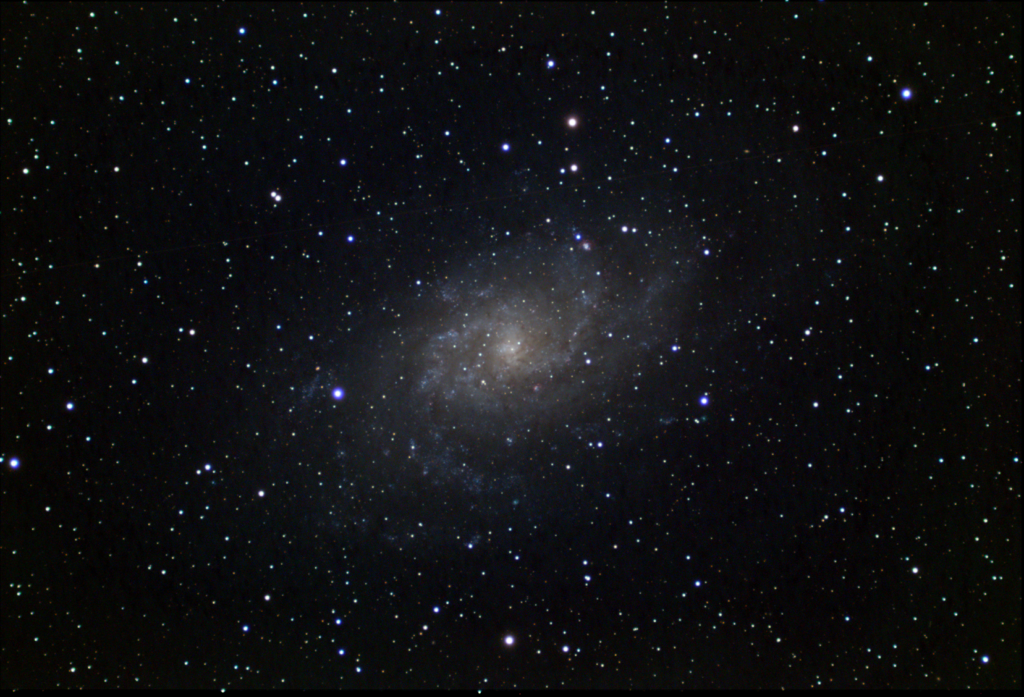
Nice color here I think. Couple of satellites interrupted the view early on, but they faded away as the live stack built. I’ll probably tinker around with this one in Siril a bit to see what other data may be in there. Great looking galaxy.
NGC 660 is a polar-ring galaxy in the constellation of Pisces. This is a live stack of 20 x 180 second exposures at 121 gain, 30 offset, and no binning. This image has been cropped and scaled 70%.
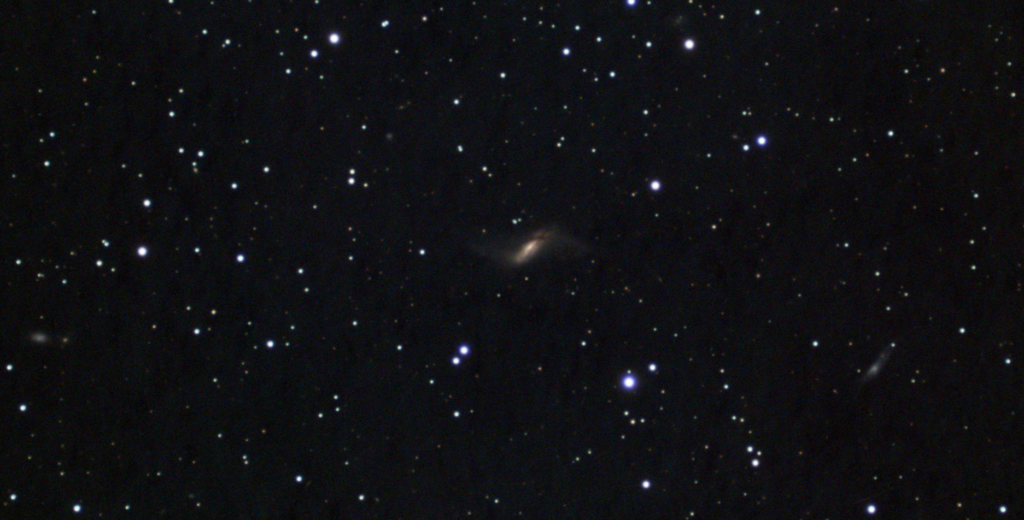
This was the new one for the night. Small and interesting. As the stack progressed I could see more of the dust lanes. It was about 30 minutes into the live stack that I was able to really resolve the intersection of the two dust lanes. There are a few other faint galaxies in the frame as well. NGC 660 will probably be a great target for the 8″ SCT the next time I have it on the mount.
Messier 74 (M74) is a spiral galaxy in the constellation of Pisces. This is a live stack of 20 x 180 second exposures at 121 gain, 30 offset, and no binning. This image has been cropped and scaled 70%.
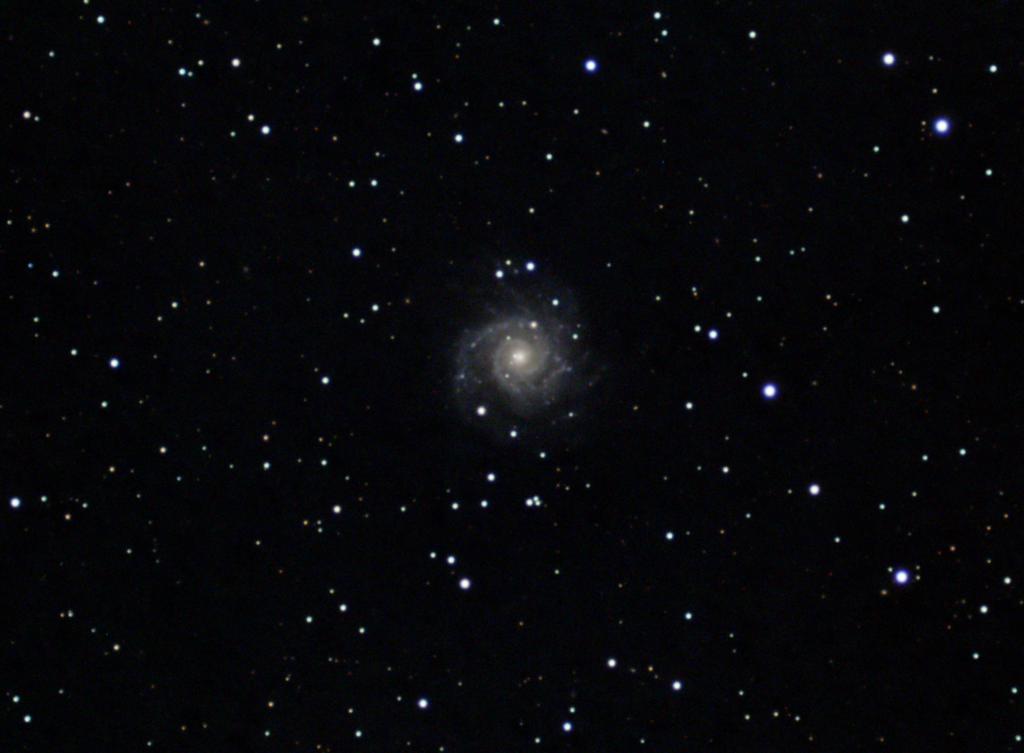
Another great galaxy with nice color and interesting dusty lanes. Much smaller than M33 above, but still a great looking object.
NGC 2023, the Flame Nebula (NGC 2024), the Horsehead Nebula, and a few others in the constellation of Orion. This is a live stack of 20 x 180 second exposures at 121 gain, 30 offset, and no binning. This image has been cropped and scaled 60%.
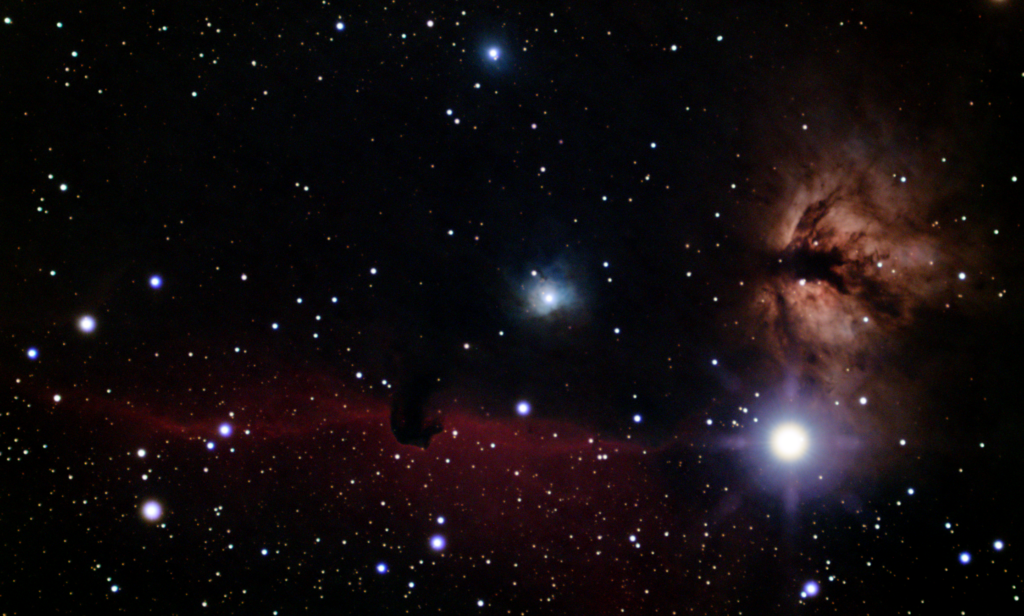
I centered the telescope on NGC 2023, an emission nebula, which is just in the center of the field of view. This gave me a nice view of the dark Horsehead Nebula, IC 434, and the Flame Nebula. Alnitak is the bright star to the right, which is one of the stars in Orion’s belt.
I did not have any issues with the camera disconnecting. I still need to track down the root cause but that is 2 sessions now using my Hubble2 Raspberry Pi with a couple revisions back of the ASI drivers without any issues.
I shutdown Ekos around 11:20. Packed up and covered the scope. It was a little bit cooler than when I started, high 40s, but all the gear was nice and dry. Had a great night observing and broadcasting on Night Skies Network.
Looking forward to the next clear night.


